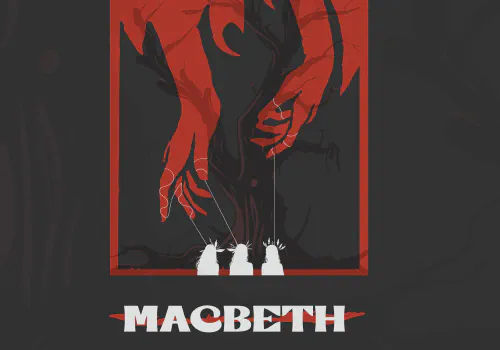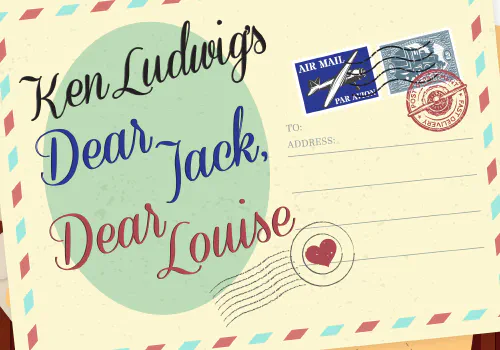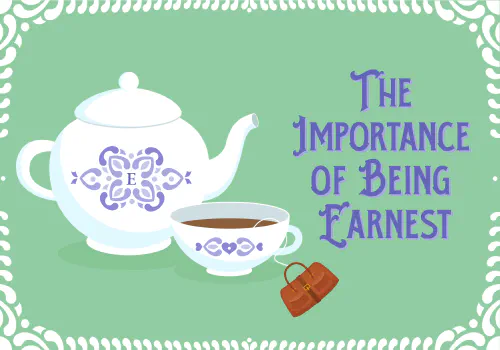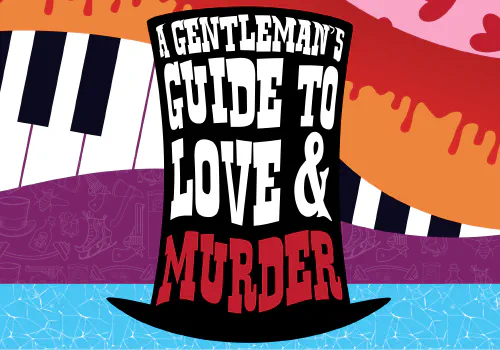OBJECTIVE
Students will utilize gibberish and physical gesture to explore vocal and physical choices for performance of a Shakespeare scene.
UTAH CORE STANDARDS
INTENDED AUDIENCE
4th grade – 12th grade
TIME
60 minutes
MATERIALS
OUTLINE
Shakespeare Performance requires that an actor make fully committed vocal and physical choices when performing the text. These large acting choices can inspire and inform a performer in discovering moments in the text.
-
WARM-UP
The following exercises will connect students physically (What are you doing) and vocally (Gibberish Salesman.) Require the students as they play the games that they make large and bold choices.**What are you doing?**Students should start in a circle or a line. One student starts an “activity” (jumping rope, bowling, cooking dinner). The person to their left asks them, “What are you doing? The person doing the activity responds with an activity completely different from what they are doing. For example, if they are jumping rope their response can be “washing my car.” The person asking the question must start washing a car, the person jumping rope stops and the person to the left of the person washing a car asks that person, “What are you doing?”
Acting Fundamentals to Emphasize: Listening to your partner, fully accepting the actions that are given to you and then responding accordingly, engaging with strong physical choices.
Gibberish SalesmanDivide the students into pairs of scene partners. Students will think of a product that they can sell to their scene partner. Individually, but simultaneously as a group, each pair will create the following scenes: An individual comes to the door and knocks (salesperson), the other student opens the door, upon the door opening, the salesperson describes and sells a product. Once the student discovers what the product is, they then choose to buy and use the product. This whole scene is acted out only using Gibberish, unintelligible speech with emphasis on inflection and sound. The students then change roles so they have an opportunity to both sell and receive. Acting Fundamentals to Emphasize: Use Vocal inflection and provide dynamics.
Questions to ask students: Were you able to understand your partner? What behaviors and vocal choices did your partner make to communicate clearly with you?
-
Shakespeare Scenes
Divide the students into pairs. Provide each pair with a copy of the Shakespeare Excerpts handout. The students will quickly choose which scene they will be exploring. Once they have determined which scene to explore the students will explore the scenes by performing them five different ways through the following exercises. For a video demonstration of this process, you can utilize this workshop: Shakespeare Scene Work.
**1-Read through the scene vocally.**Share any observations about what you have discovered with your scene partner. Try to discover what is happening within the scene.
**2-Translate the scene into modern English.**Act the scene out fully in the new modern script.
**3-Perform the scene as a melodramatic silent movie.**There must be no talking, only physical gesture. Use every Shakespeare word but it must be acted through strong and large physicalization.
**4-Perform the scene in Gibberish.**Ensure that the students are utilizing the specific words, but through gibberish and inflection.
**5-Perform the scene incorporating the discoveries of physical gesture and vocal variation.**What choices did you keep? Was the physical and vocal exercise helpful by providing you with other choices.
Key Points to review:
Strong Vocal and Physical choices can help a performer communicate to the audience. The exercises, while at times silly, force an actor to make large specific choices that can inform a performer.Shakespeare demands that we are specific in our vocal and physical choices. This includes objectives, speech measures, and use of text. The best way to discover them is by playing.
-
Bard’s Bingo
Teachers are encouraged to utilize the rehearsal tool Bard’s Bingo. Frequently, students will rehearse through a scene once and then won’t know what to do. Bard’s Bingo gives them specific exercises that can be used to help students explore a Shakespeare text. A good rehearsal requires that the students work specifically on voice, (vowel quality, consonant quality, speech measures, operative words, physicality, partner connection, textual tools, etc.)
ASSESSMENT
Students will be assigned other partners. Have them select another scene. Students will repeat the process and will explore the new scene by:
1-Read-through
2-Translate
3- Perform in Silent Gesture
4- Perform in Gibberish
5- Perform with the Verse back on.










